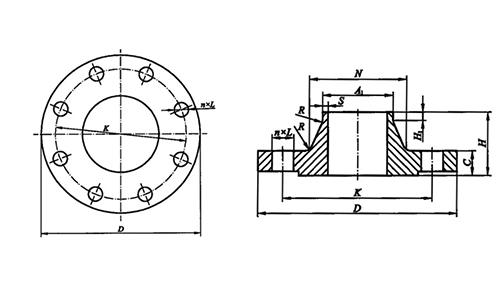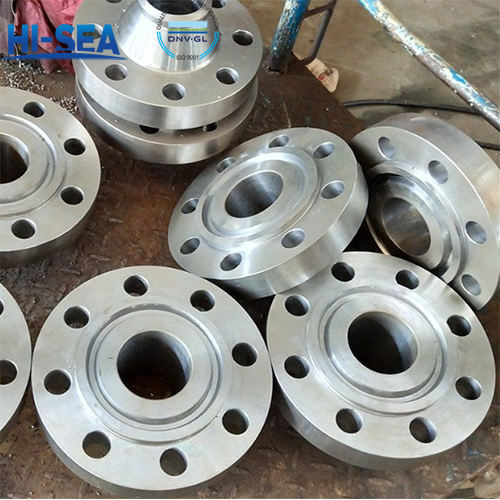
DIN PN10 Flange
DIN PN10 refers to a pressure rating designation that complies with the German Industrial Standard (DIN) and has a nominal pressure of 10 bar. In industrial areas such as pipes and valves, PN stands for nominal pressure and is used to indicate the maximum pressure that a device or component can withstand at a particular temperature. PN10 means that the part is designed to withstand a pressure of about 10 bar, equivalent to 1.0 MPa, under normal operating conditions. This standard helps to ensure the safe operation and efficient connection of piping systems and associated equipment under pressure.
Overview
Difference between DIN PN6 and DIN PN10 flanges
The main difference between DIN PN6 and DIN PN10 flanges is their nominal pressure. The PN6 flange indicates that the nominal pressure that can be withstand at room temperature is 6 bar (bar), equivalent to 0.6MPa; The PN10 flange can withstand a nominal pressure of 10 bar (bar) at room temperature, that is, 1.0MPa. Generally, PN10 flanges can be used in higher pressure piping systems than PN6 flanges. In the selection of flanges, it is necessary to choose the appropriate PN grade flanges according to the actual working pressure, medium characteristics and installation requirements of the pipeline system.
In practical applications, due to the difference in pressure levels, these two flanges may also be different in terms of size, structure and application scenarios. For example, as the pressure level increases, the thickness of the flange, the number of bolts and the size of the flange may be increased accordingly to ensure the strength and tightness of the connection.
Drawing

Images of DIN PN10 Flange






